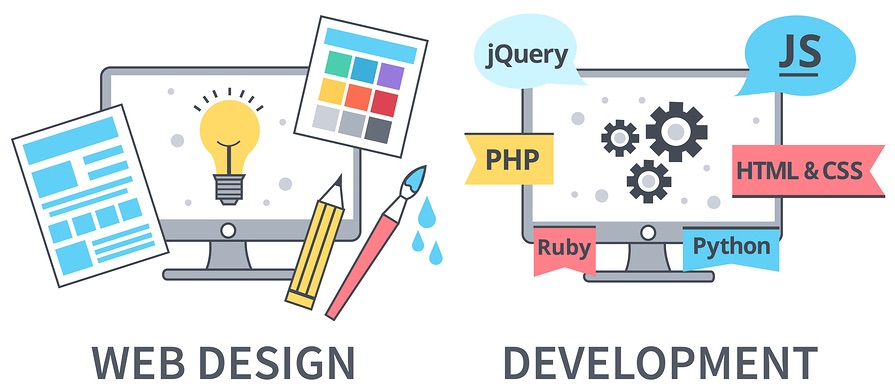Website development is an important aspect of modern business. Having a website can help businesses to reach a wider audience, showcase their products or services, and increase profits. However, building a website can seem daunting, especially for those who have no prior experience. In this blog post, we will explore the different stages of website development, the types of websites available, and the tools and techniques needed to build a successful online presence.
Planning:
The first step in website development is to determine the purpose of the site. Is it designed to sell products or services, provide information, or simply to entertain? Once the purpose is established, it’s important to identify the target audience and how the site will appeal to them. The website’s structure is also key, including how many pages it will have and how they will be interconnected. A site map can help to visualize the site’s structure and ensure that it is easy to navigate.
Design:
The design stage is when the website begins to take shape visually. Many choose to work with a web designer who can help to create a theme, layout, and style to suit the brand. Other aspects of website design include typography, color schemes, and images. It’s important to make sure that the design is both aesthetically pleasing and accessible to users with disabilities, such as those who use screen readers. To learn more about this topic click here.
Development:
Once the design is finalized, the coding process can begin. This is when the site comes to life as web developers use programming languages like HTML, CSS, and JavaScript to create the website’s functionality. Different frameworks and CMSs like WordPress, Wix, or Squarespace are also available for website development. During this phase, the website should also be optimized for speed, ease of use, and search engine friendliness. Testing and debugging are critical at this stage; rigorous testing across different browsers, devices, and screen sizes is important to ensure that all users have a seamless experience.

Deployment:
After the site has been developed and tested, it is time to deploy it on a server. This may involve setting up a domain name, web hosting, and configuring the site for security and SEO (Search Engine Optimization). After the website has been deployed, it’s important to continue to monitor its performance and make adjustments as needed. Regular website maintenance can help to keep the site running smoothly, reduce page load times, and improve user engagement. Learn more about SEO at https://business.gov.au/online/business-website/improve-your-search-engine-rankings
Types of Websites:
There are many different types of websites that businesses or individuals can create, including e-commerce sites, blogs, portfolio sites, and forums. Service websites are also popular, which provide information about a particular service or product, and the online tools that allow customers to interact with the company. Regardless of the type of website, one best practice is to ensure it is fully responsive across devices. With more people accessing the web via mobile devices, having a site that looks good and functions well on smaller screens is important.
Conclusion:
Website development may seem like a daunting task, but it doesn’t have to be. By following a few steps, including planning, design, development, deployment, and maintenance, one can create a high-quality website. Understanding the basics of website development is crucial to building a strong online presence that engages with audiences effectively. With the many choices available when it comes to website design, development, and hosting, individuals and businesses now have the opportunity to create a site that reflects their unique brand and meets their needs.
